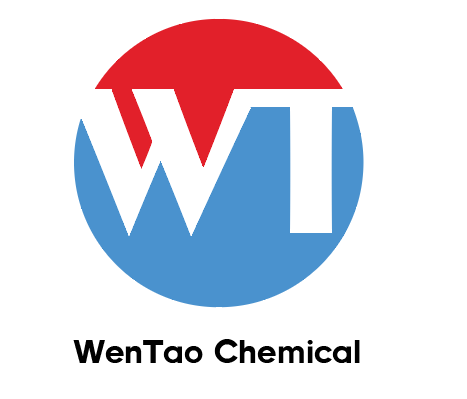51364-51-3/Tris(dibenzylideneacetone)dipalladiumCAS NO.: 51364-51-3 CAS NO.51364-51-3
- FOB Price: USD: 4.00-5.00 /Gram Get Latest Price
- Min.Order: 1 Gram
- Payment Terms: L/C,D/A,D/P,T/T,Other
- Available Specifications:
top grade (1-10)Gramtop grade (10-100)Gram
- Product Details
Keywords
- Tris(dibenzylideneacetone)dipalladium
- manufacturer Tris(dibenzylideneacetone)dipalladium
- high purity Tris(dibenzylideneacetone)dipalladium
Quick Details
- ProName: 51364-51-3/Tris(dibenzylideneacetone)d...
- CasNo: 51364-51-3
- Molecular Formula: C51H42O3Pd2
- Appearance: colourless liquid
- Application: Catalyst and Auxiliary
- DeliveryTime: In stock
- PackAge: Aluminium Foil Bag and Paper Drum
- Port: China main port
- ProductionCapacity: 10000 Gram/Day
- Purity: 99%
- Storage: Room temperature
- Transportation: By sea or by air
- LimitNum: 1 Gram
- first class: 1-10
Superiority
Details
| Description | Tris(dibenzylideneacetone) dipalladium (Tris DBA) is used as catalyst for a wide variety of Pd catalyzed reactions including Suzuki coupling, Heck coupling, Negishi coupling, Carroll reaarangement, Trost asymmetric allylic alkylation, Buchwald-Hartwig amination of acryl halides, fluorination of allylic chlorides, arylation of ketones, carbonylation of 1,1-dichloro-1-alkenes, ß-arylation of carboxylic esters, and conversion of aryl and vinyl triflates to aryl and vinyl halides. It is also involved in the synthesis of azepane. Tris DBA is also a novel inhibitor of N-myristoyltransferase-1 with significant antitumor activity. |
| Reactions |
1. Catalyst precursor for conversion of aryl chlorides, triflates, and nonaflates to nitroaromatics. 2. Catalyst for the synthesis of epoxides. 3. Catalytic asymmetric allylic and homoallylic diamination of terminal olefins. 4. Site-selective benzylic sp3 palladium-catalyzed direct arylation. 5. Palladium-catalyzed one-pot synthesis of tricyclic indolines. 6. Active catalyst for the Suzuki-Miyaura coupling of 2-pyridyl nucleophiles. 7. Catalyst in combination with BINAP for the asymmetric Heck Arylation of olefins. 8. Precursor for palladium-catalyzed carbon-nitrigen bond formation. 9. Catalyst for α-arylation of ketones, 10. Cross-coupling of aryl halides with aryl boronic acids. |


 Diamondsupplier
Diamondsupplier 



